
views
The first USB Type-C devices, shatterproof display in smartphones, commercial usage of 8K screens and much more, 2015 has been a year when technology moved closer from the tactile to the virtual self and even aimed at soaring in the skies through drones.
Sifting through a host of gadgets and technologies introduced and explored, we bring to you our pick of the top 10 gadgets unveiled in 2015:
1. Moto X Force
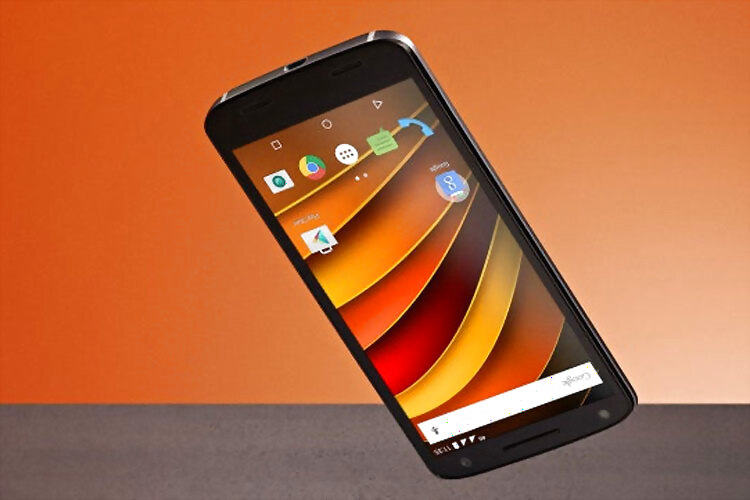
A first in smartphone technology, Motorola unveiled the world’s first smartphone with a shatterproof display. The Moto X Force, named the Droid Turbo 2 in the US and the Moto X Force in other markets, features the Moto ShatterShield technology, which is an integrated system consisting of five layers designed from materials that absorb shock from impact and are guaranteed not to shatter. It comes with a 21 megapixel camera and TurboPower charging. Recently, the uber strong display survived a 900 feet drop test that was conducted independently. As revealed by Motorola India head Amit Boni in an exclusive interview with IBNLive, the Moto X Force is coming to India in January 2016.
2. Samsung S6 Edge

Making the spill-effect display a reality, Samsung introduced the Galaxy S6 Edge smartphone earlier this year as yet another first in smartphone innovation. Launched alongside the Galaxy S6, the S6 Edge is also one of the first Samsung phones to support wireless charging. The dual-edged phone became so popular that Samsung warned of supply shortage soon after launch. In August, the company announced the S6 Edge Plus- the phablet sized S6 Edge with the similar spilling display.
3. Microsoft Hololens
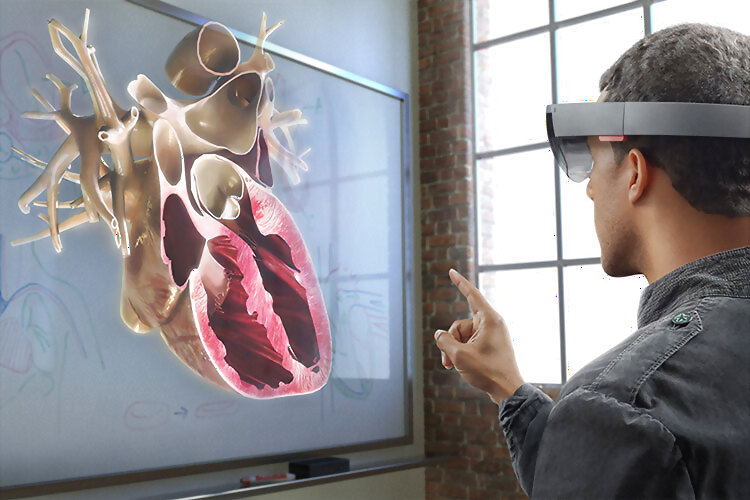
This year virtual reality was one the most hottest trends and Microsoft's Hololens took the cake away. While there was nothing awe worthy coming from Google Glass this year, thanks to the restructuring and renewed divisions of pet projects, rival Windows chief stole the show and introduced its own version of the connected eyewear, albeit of a different kind. Welcome, the Microsoft Hololens - the first fully untethered, holographic computer that allows high-definition holograms to integrate with the real world. With its developers edition coming out in the first quarter of 2016, the device is primarily aimed at designers, developers, and the like for holographic computing. A totally wirefree experience, it allows for visuals and ideas for new products come real.
4. Microsoft Surface Book

Microsoft’s first-ever laptop and powered by the newest Windows 10 operating system, the Windows 10 Surface Book had to be included in our list of top gadgets this year. Touted to be twice as fast as the Apple MacBook Pro, the Surface Book, in fact, is a hybrid laptop with an option to detach the keypad for on-the-go usage. While the concept of hybrid devices isn’t new, the Surface Book has features which make it stand out. It has dual cameras and comes with a Surface Pen – a stylus with an eraser at its rear tip for the 13.5-inch display. Microsoft is positioning the Surface Book as a powerful device for scientists, engineers and gamers who need a lot more performance than a tablet and, undoubtedly, the top-of-the-line model has been priced at an eye-watering $3,199 (more than Rs 2 lakh).
5. BlackBerry Priv
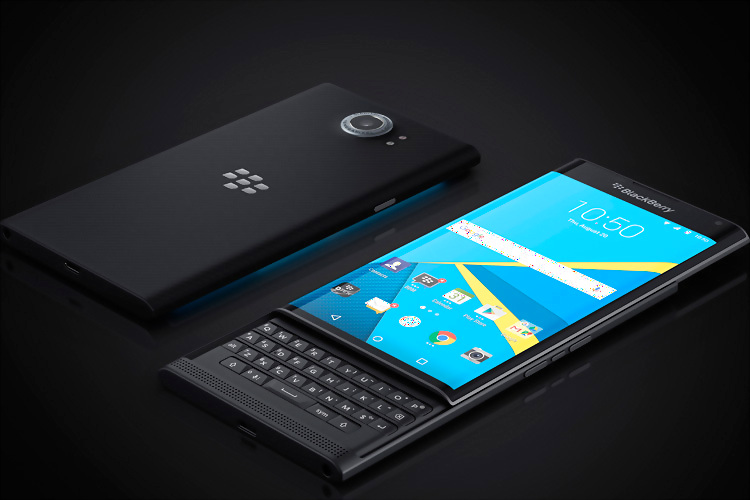
We all had been waiting for this one, hadn’t we? Seeing the BlackBerry empire finally budge to popular demand and roll out a device that brings out the best of Android and BlackBerry. BlackBerry Priv – the company’s first Android phone that also runs BlackBerry apps might be John Chen's last shot at holding onto the company’s rapidly diluting smartphone market share. But if the slider phone achieves the 5 million unit sales target, we might just see another high-end BlackBerry-Android phone in the coming year. The phone features the once-popular QWERTY keyboard in a slider form and also supports full touch. Priced at $699 (US), the phone further includes an 18 megapixel rear camera with dual-flash and draws its juice from a 3410 mAh. The phone is yet to makes its way to the Indian market.
6. 8K TV by Sharp
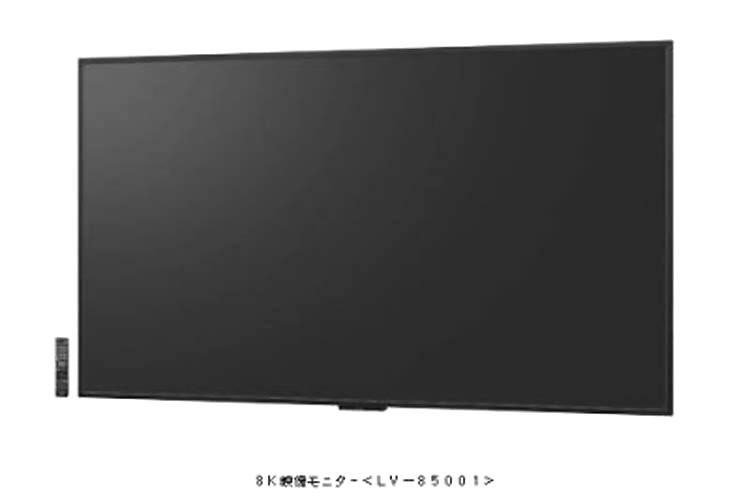
This year kickstarted the race for higher resolution in televisions and smartphones alike. Japanese electronics giant Sharp also joined the year-of-firsts with its 8K television. The world’s first 8K TV by Sharp (LV-85001)offers a whopping 7680 x 4320 resolution - a 16-times increase on the 1080p HD standard. An 8K resolution is the highest resolution the human eye is capable of seeing and while the hardware – the 8K TV by Sharp - is now available, all that is needed is 8K content. Do we see that coming in 2016? Till the time, you could explore this 8K video that almost no one can watch.
7. Intel Compute Stick
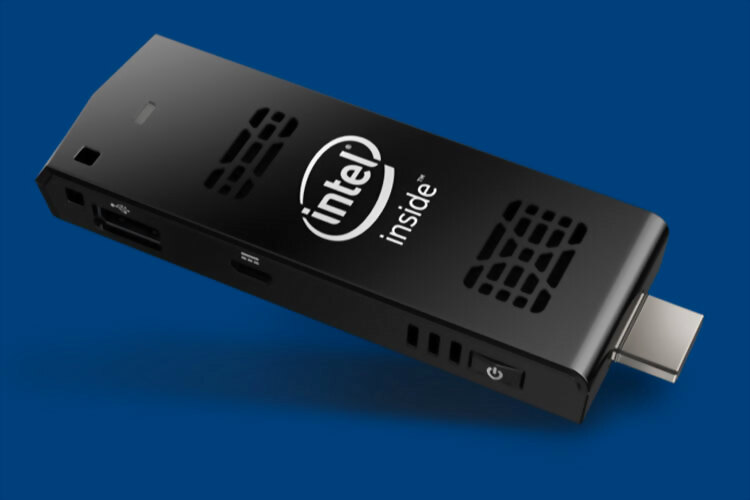
Computers grew thinner, lighter, and also smaller this year. Intel’s Compute Stick is the perfect example of computer-on-a-stick. This 4-inch long device looks like a USB pen drive but packs in it a quad-core Intel Atom processor and comes with built-in wireless connectivity, on-board storage, and a microSD card slot for additional storage. It basically transforms any HDMI display into a full-fledged computer with its pre-installed Windows 8.1 ($149)or Linux platform ($89) on it.
8. Lexus Hoverboard
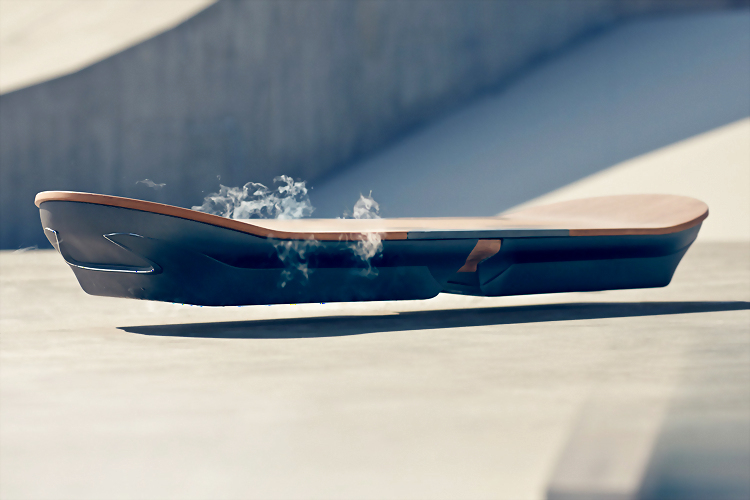
Levitating above the ground and gliding over water, Hollywood science fiction just became reality. Lexus, Toyota’s luxury car brand, introduced its hi-tech skateboard that hovers in the air. Called, Slide, the hoverboard uses magnetic levitation instead of wheels to glide in the air- a technology similar to one used for Japan’s maglev trains. The Lexus Slide requires magnets to be embedded in the ground, limiting its range to special tracks. The company had earlier hinting at using maglev technology for future cars. While the Central Japan Railway aims to put a superfast maglev train into operation by 2027 and the Slide still a prototype, levitating cars is still a distant idea. Till then, you could marvel at the use of technology in the good old skateboard here. Watch the Lexus Slide in action here.
9. Samsung 16 TB SSD
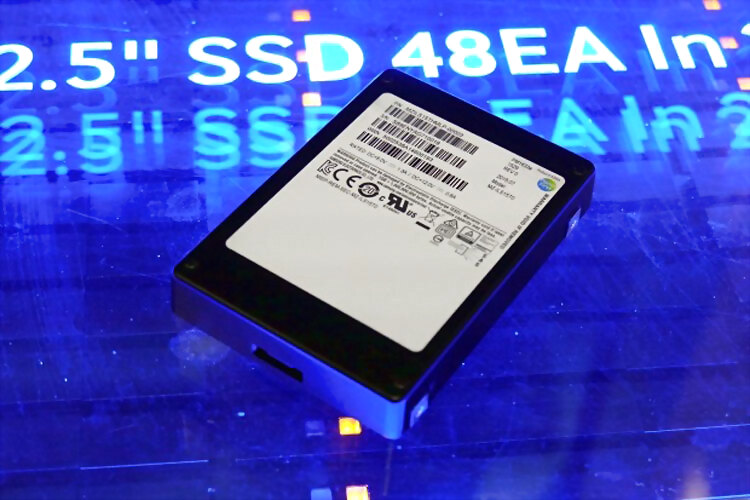
Yet another world’s first in this year, Samsung broke all records of squeezing in a huge amount of storage in one unit. The South Korean electronics manufacturer introduced what is claimed to be the ‘world’s largest hard drive’ with 16 TB of capacity. The PM1633a by Samsung is a 2.5-inch solid state drive and packs in it 15.36 TB of storage. By comparison, the largest hard drives made by Seagate and Western Digital offer 8 to 10 TB of storage. Targeted at enterprise users, the bumper storage unit comes with a bumper price tag which is expected to be around $7000.
10. Epson EcoTank printer
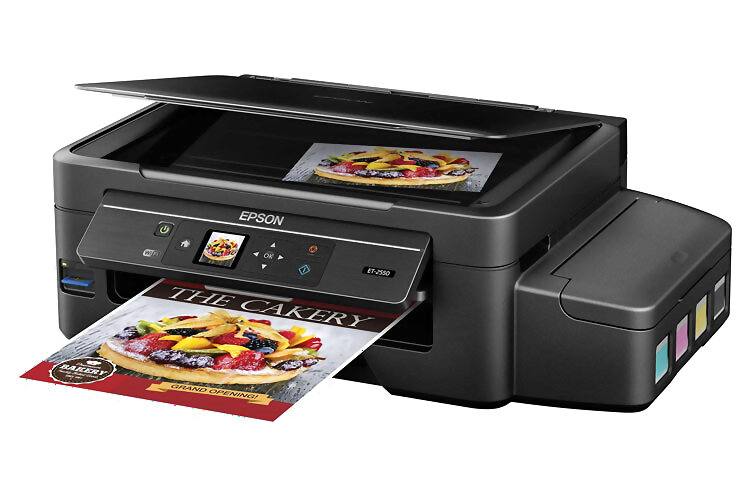
The major problem with owning a printer at home is not regularly having to print something and when the need arises there isn’t enough ink to support even one page. Aiming to solve this issue, Epson announced its all-new EcoTank range of printers that claim to print for 2 years before the inkjets run dry. The printers for both consumers and enterprises are WiFi-enabled and come with what is called as the ‘Supertank technology’ that basically makes the printers a set of larger reservoirs for each of the four colours needed for full colour printing. With prices starting at $379 and going all the way up to $1,199, these all-in-one printers require replacement ink instead of traditional cartridges. The replacement ink is sold in bottles which cost $12.99 separately or $52 for a full set.



















Comments
0 comment